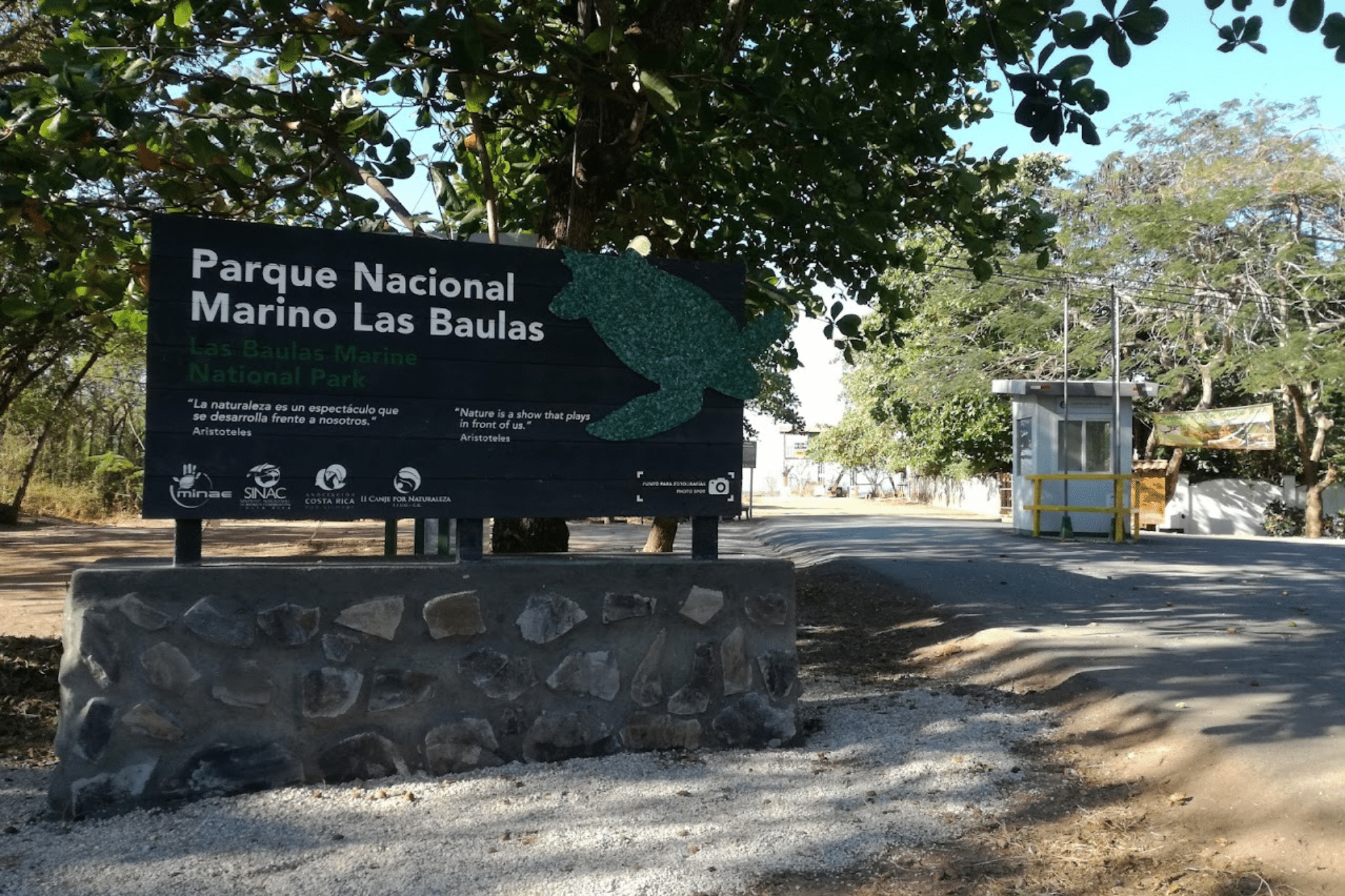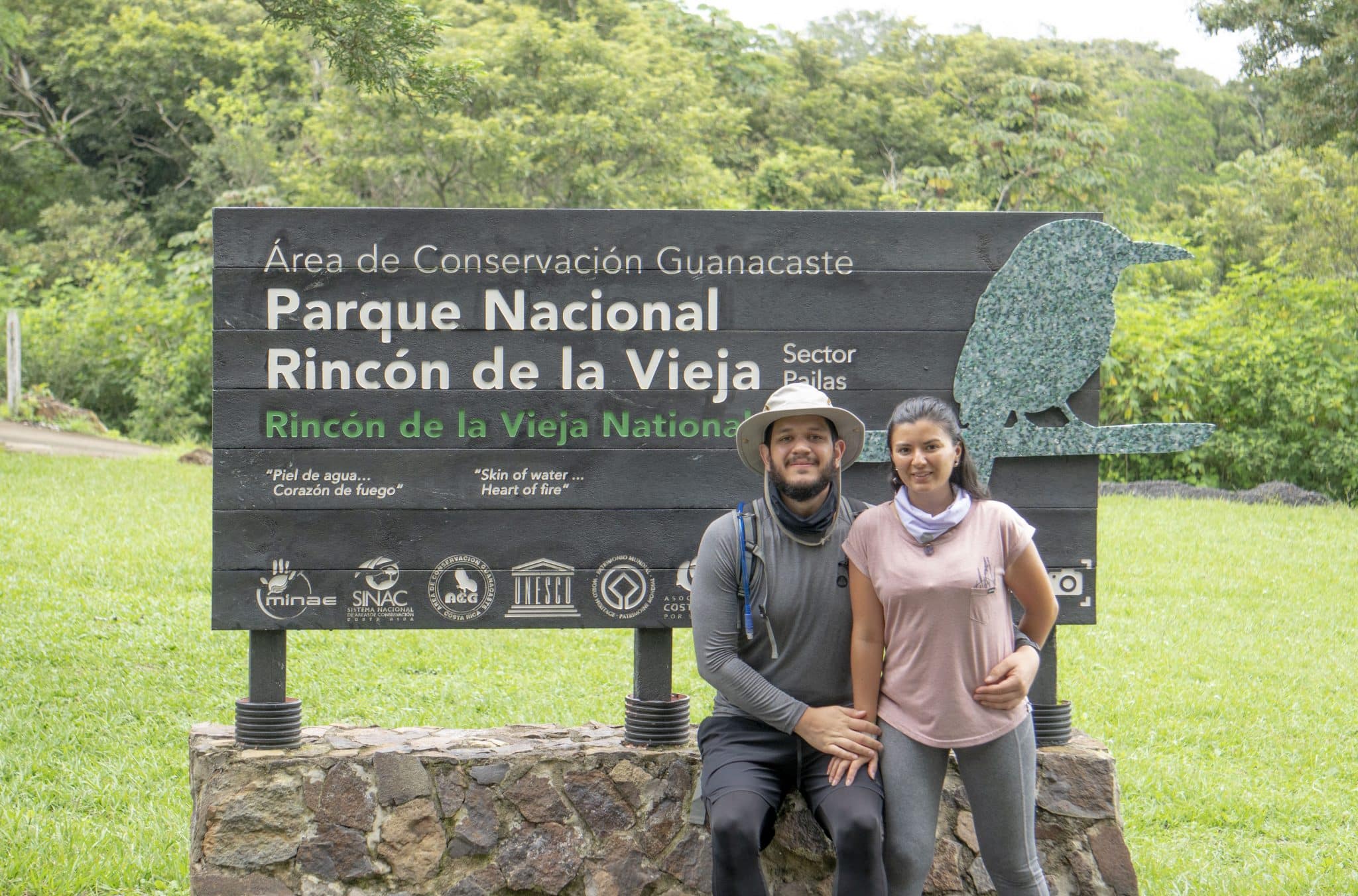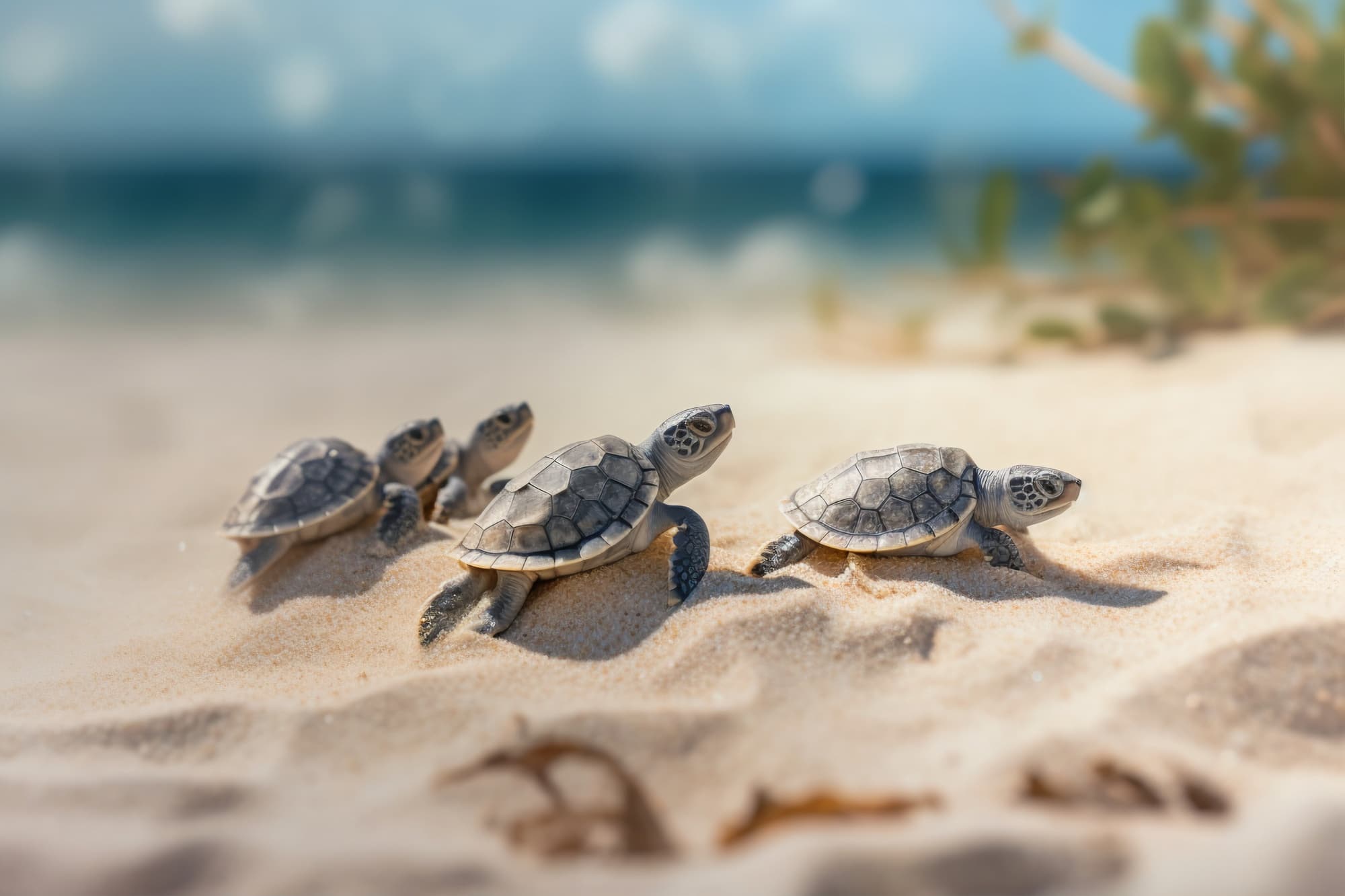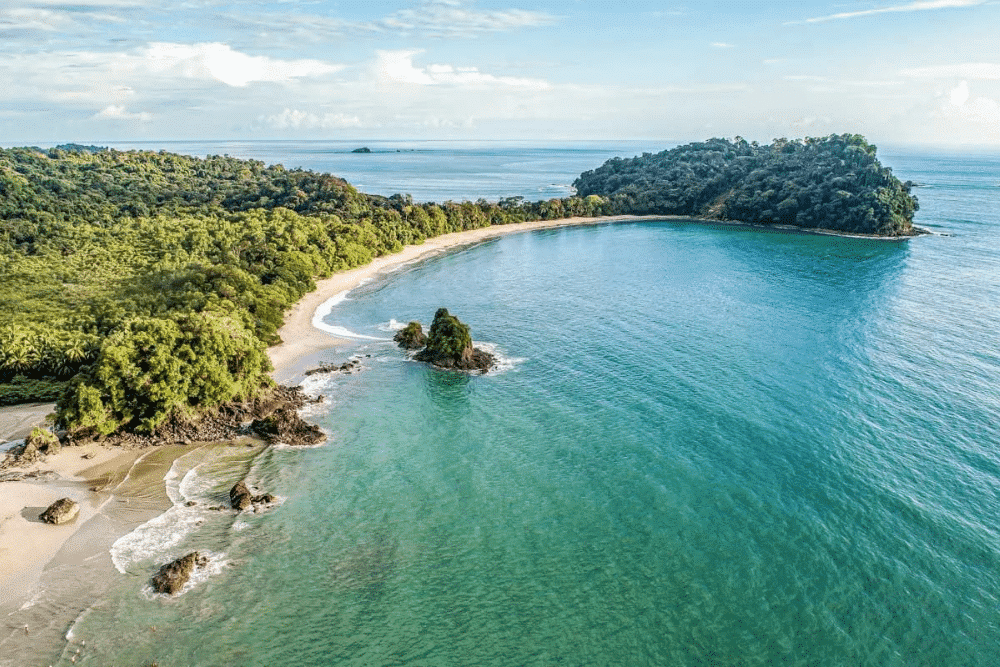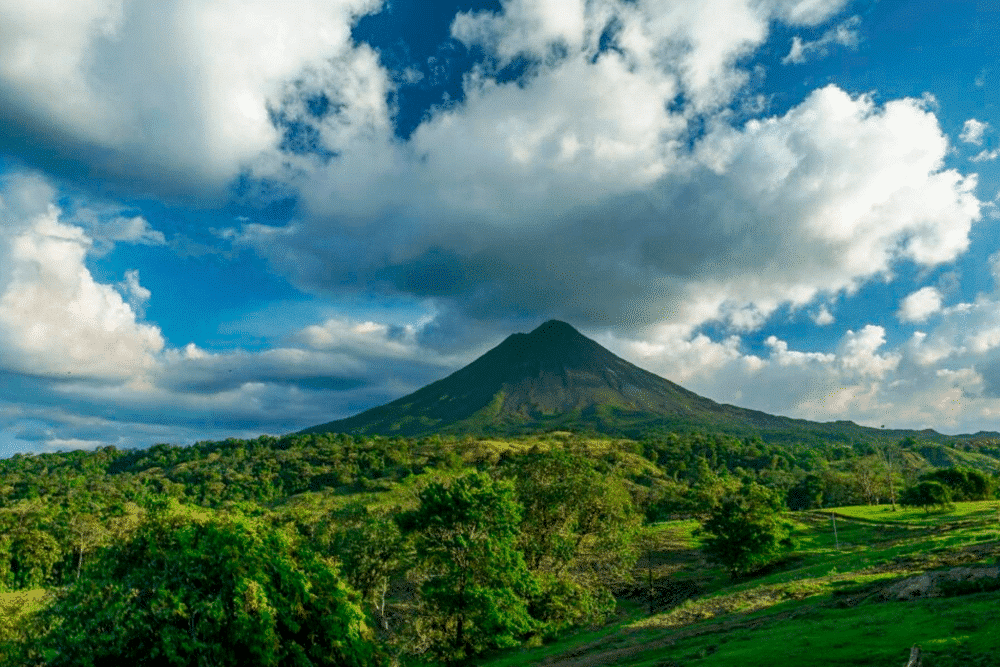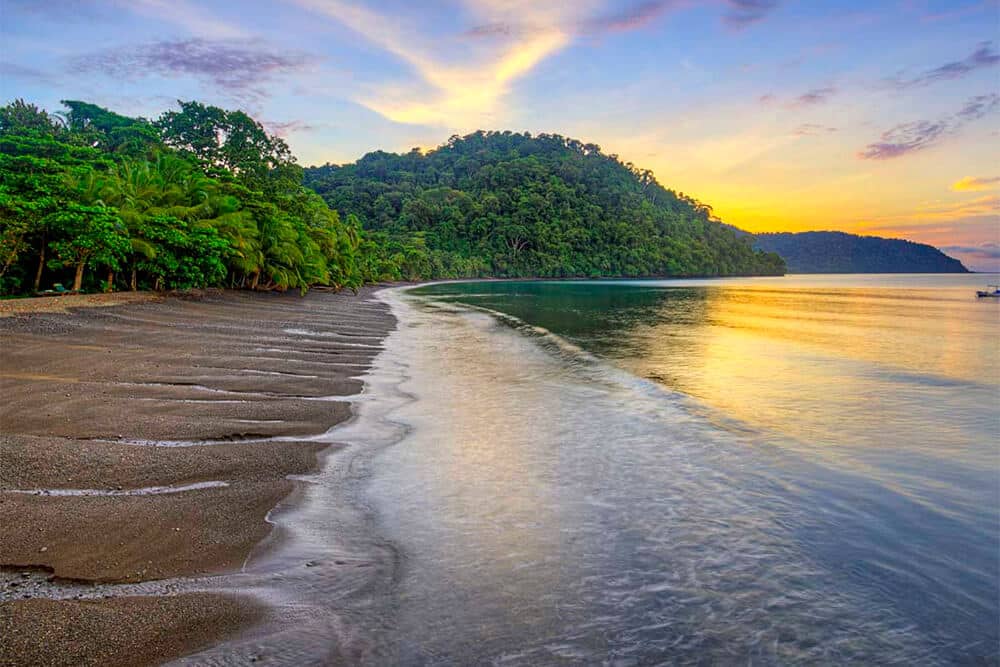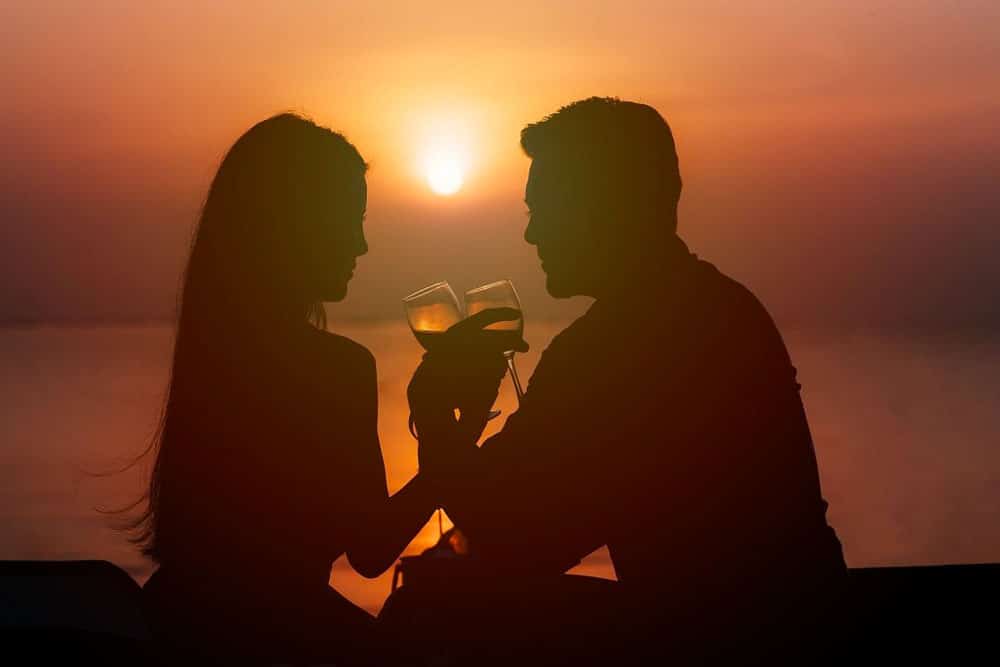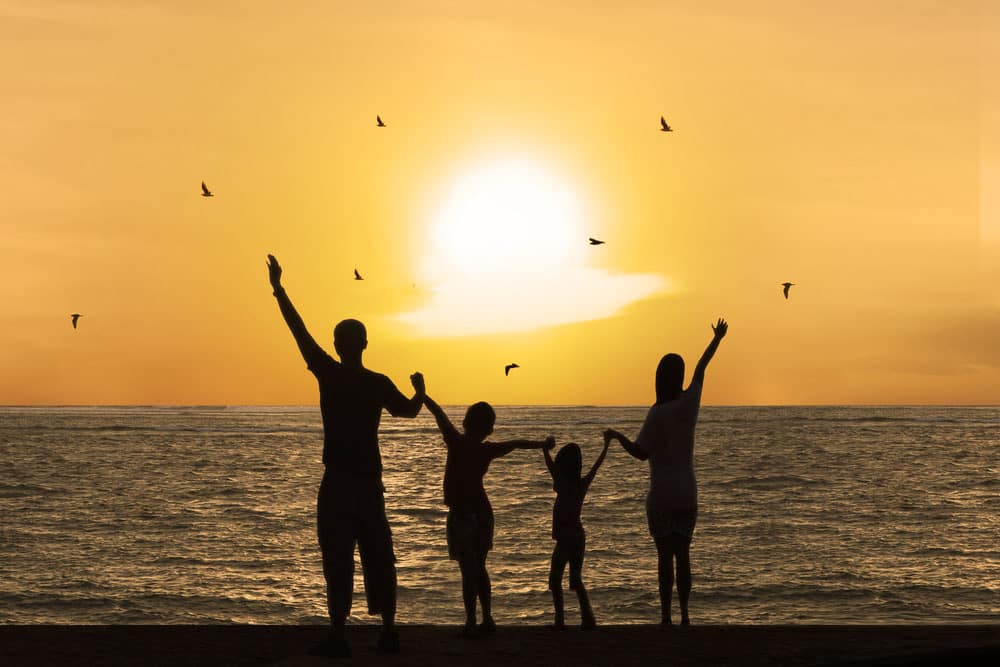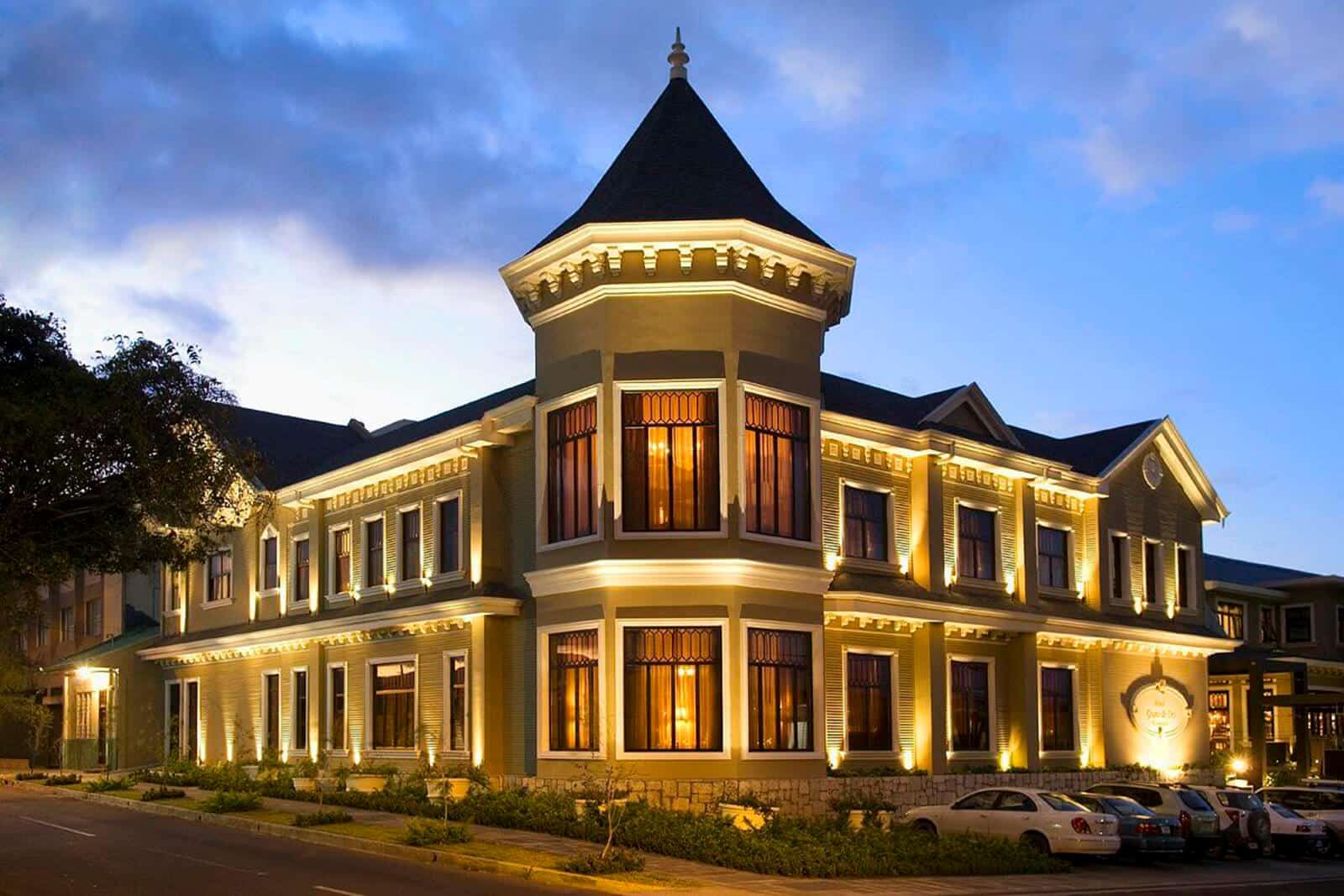[vc_row][vc_column][vc_column_text css=”.vc_custom_1521128821172{margin-bottom: 0px !important;}”]Costa Rica Top Holiday Festivals
Costa Rica celebrates its major holidays with festivals, parades and Carnivals. The upcoming Christmas and New Year’s holidays provide a perfect excuse (not that you need one!) to visit.
From early December through February, there’s a festival, parade or celebration in just about every corner of the country, but in and around San Jose are some of the best and Hotel Grano de Oro makes an excellent home base for many of the city center festivities.
Here’s a sneak peek at a few of our favorites in, or near, San Jose.
During the week leading up to Christmas Eve, people enjoy Avenidazos, as they stroll along Paseo Colon and Avenida Segunda in San José. The avenidazo is the throwing of confetti on the boulevards of the downtown. Evenings on Avenida Central are filled with lights and music each day.
On Saturday December 17, 2016, thousands will line the streets to watch the Festival de Luz, a festival of lights marked by brilliantly lit floats, music and dancers which lead processions through the area. The evening will conclude with concerts and fireworks.
El Tope Nacional brings more than 3,000 horses down Avenida Segunda in San José on December 26th, as cowboys and breeders put on a display of horsemanship and bloodlines in a traditional and colorful parade. Floats, bands and dancers join the impeccably groomed, liveried horses and riders as they ride proudly through the city center.
Others enjoy the fun rides and sample the food at Fiestas de Zapote (December 25th through 31st). The fiercest bulls in Costa Rica descend on the city for the biggest bullfighting rodeo of the year. Whole city blocks are closed off for booths, games and fair rides, while large floats, music and dancers lead processions through the area.
The Fiestas de Palmares begin the second week of January with the lighting of the stadium and a parade of lanterns. It continues through the month with concerts, fireworks, sports activities, tents filled with alcohol and food, Costa Rican-style bullfighting (bloodless), and a traditional horse parade. Outdoor concerts feature Reggae and Latin alternative superstars. Midway between San José and the Pacific Coast, Palmares makes a special day out from Hotel Peace Lodge on the slopes of Poas Volcano or Villa Caletas near Jacó Beach.
If you’re in Guanacaste in mid-January, Saints Days in Santa Cruz highlights the folkloric customs of the city. Beginning January 13th, El Cristo de Esquipulas, the patron saint, begins a procession in honor of the arrival of the image of Christ brought from Guatemala in 1840. The traditional musical instruments, including marimbas, food and drink, dancing and customs of Guanacaste’s indigenous culture are featured at Parque Bernabela Ramos, while the Plaza De Los Mangos hosts bull riding.
Carnaval de Puntarenas is the last week in February and one of the Costa Rica’s most popular festivals. Parades make their way through the center of town along the Paseo de los Turistas. Comparsas (groups of dancers in the Brazilian style) and mascaradas (giant smiling heads) vie for attention with motorcyclists, stilt walkers and local bands. The main procession, usually the last Saturday of Carnaval, begins at the Balneario Municipal before turning onto the Paseo. If you’re staying at Alma del Pacífico in Esterillos Este or Villa Caletas near Jaco, or even Hotel FlorBlanca in Santa Teresa just across the water via the ferry, the Carnival de Puntarenas can be great fun for a day trip away from the hotel.
Finally, just south of San Isidro de General, the Festival de los Diablitos commemorates the Brunka tribe’s victory over Spanish conquistadors with masks, colorful wooden costumes, dances and fireworks. Festival locations and dates depend upon who is hosting the festivities; the Brunka Indians host in Boruca at the end of December and the bulls in Rey Curre hold their fiesta during the first week of February. During these festivities, village men dress up as diablitos, or ancestral spirits, and one takes the roll of a bull, which represents the Spanish. Wearing the colorful wooden masks that represent the animal spirits, participants hold a ritual dance, Dance of the Diablitos, around a fire, during the three-day festival. Only local Brunka males who have carved their masks can participate in the dance.
As with many predominantly Catholic countries, Costa Rica’s holiday festivals celebrations are rooted in the people’s cultural heritage and history. Large or small, Tico celebrations offer a different perspective on European holidays.[/vc_column_text][/vc_column][/vc_row][vc_row][vc_column][mk_padding_divider][/vc_column][/vc_row][vc_row fullwidth=”true” fullwidth_content=”false” css=”.vc_custom_1520619632050{background-color: #0e2960 !important;}”][vc_column][vc_wp_text][static_block_content id=”1426″][/vc_wp_text][/vc_column][/vc_row]


